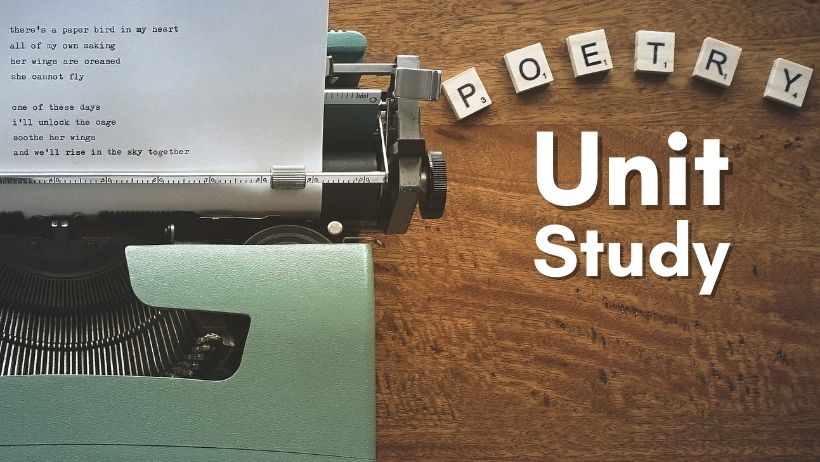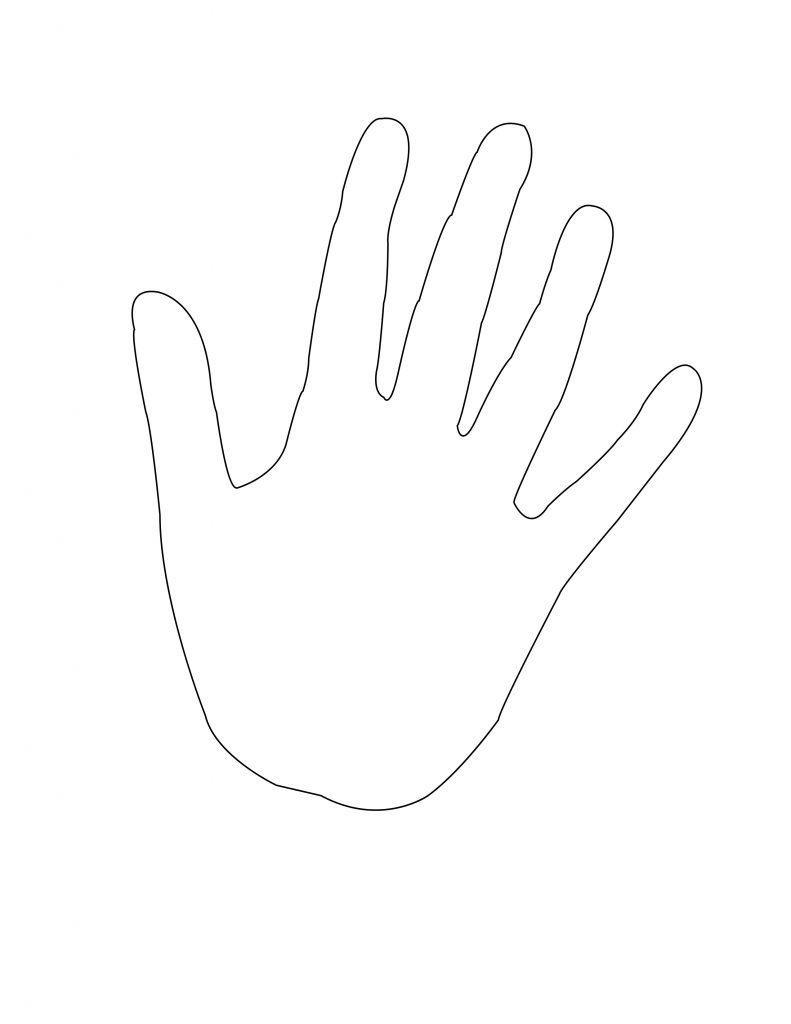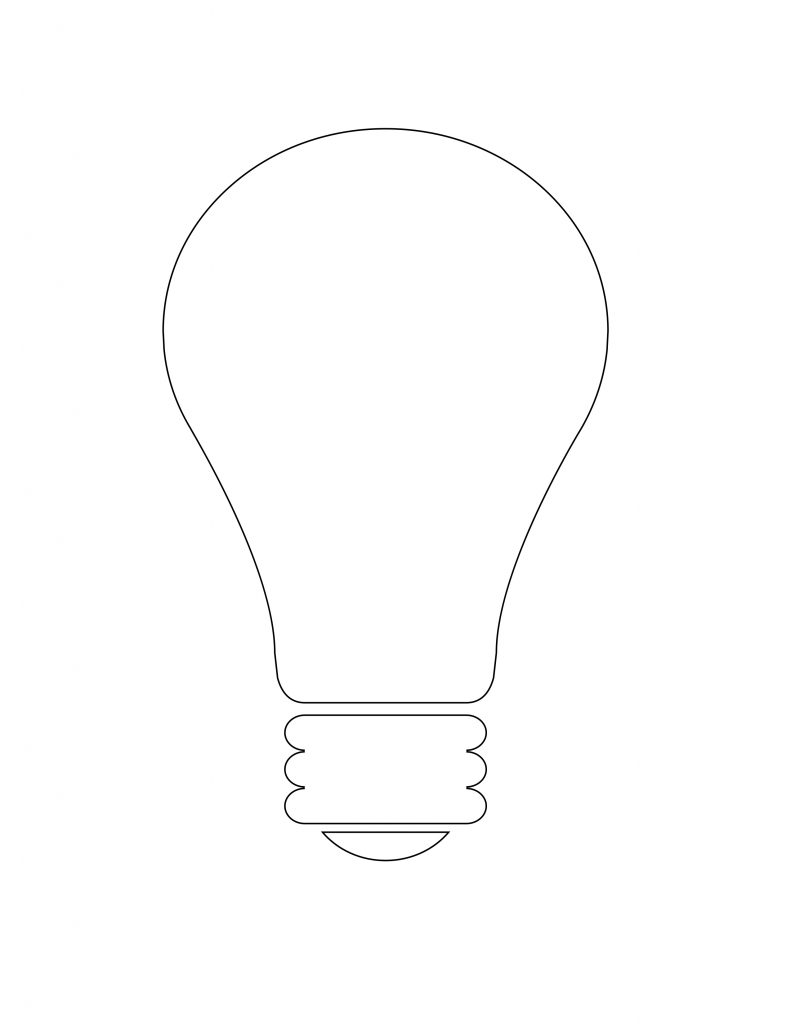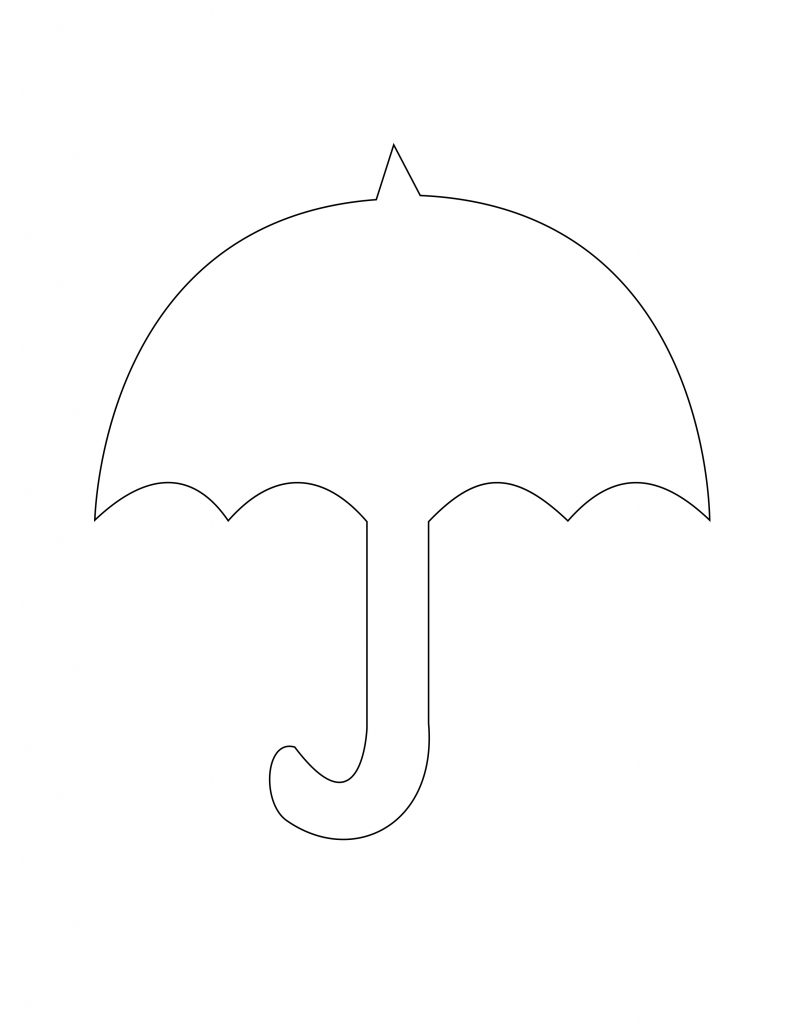
Poetry Unit Study – Badge Resources
Poetry is a fantastic way to build reading, speaking and listening skills. It can lead you explore new vocabulary (especially if you are trying to write a rhyming poem) and encourages creative thinking. From short couplets to book length odysseys, poems come in all shapes and sizes. Use the poetry unit study below to earn your Poetry badge. Other badges you may wish to work on alongside include badges such as Writing, Reading, or Performance.
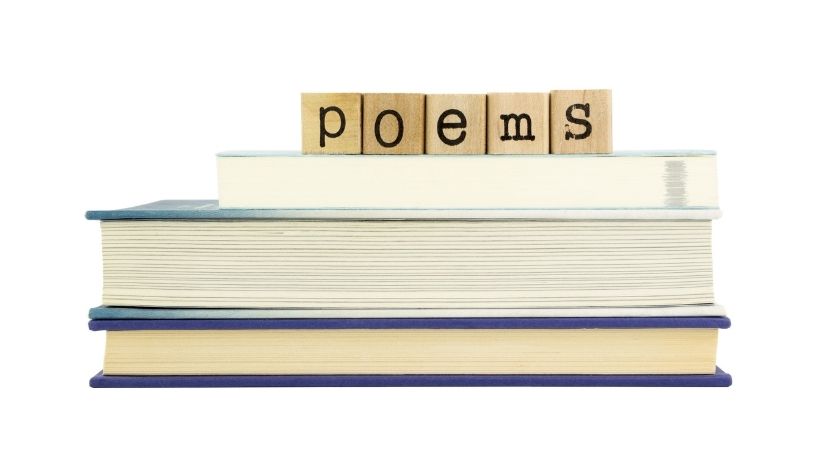
What Is Poetry?
Poetry is a form of writing that usually includes some sort of formal metrical structure, rhyme or style and is used to evoke meaning and emotion. Nearly all poetry has some sort of rhythm to it. Some use a very specific meter such as 10 syllables per line. Others, like in free verse, simply follows the natural rhythms of speech. Poetry frequently uses condensed language with fewer words that are carefully chosen to convey a message.
Poetry comes in a variety of forms from silly limericks to Japanese Haikus. Here are a few of the most common forms of poetry you will find today.
- Free Verse – poetry without rhyme or regular meter.
- Haiku – three-line stanzas with a 5/7/5 syllable count
- Sonnet – 14 lines long, have a regular rhyme scheme and a strict metrical construction, usually iambic pentameter.
- Acrostic – a piece of writing in which a particular set of letters, typically the first letter of each line or word, spells out a word or phrase with special significance to the text.
Visit KidZone for some great printable poetry projects for younger kids.
For older students check out this great Master Class article, Poetry 101: Learn About Poetry, Different Types of Poems, and Poetic Devices With Examples as well as their article 9 Short Poetic Forms to Know With Examples.
To Do: Learn to recognize different forms of poetry by reading a sample of each of the following. Think about what style of poem appeals to you and why.
To Do: Write a poem of your own. If you need inspiration, close your eyes, spin around 3 times and when you open them, write a poem about the first thing you see. You can also choose a person close to you to write about.
To Do: Memorize a poem of your choice.
Fulfills preschool requirement 1, and Level 4 requirements 1 & 2
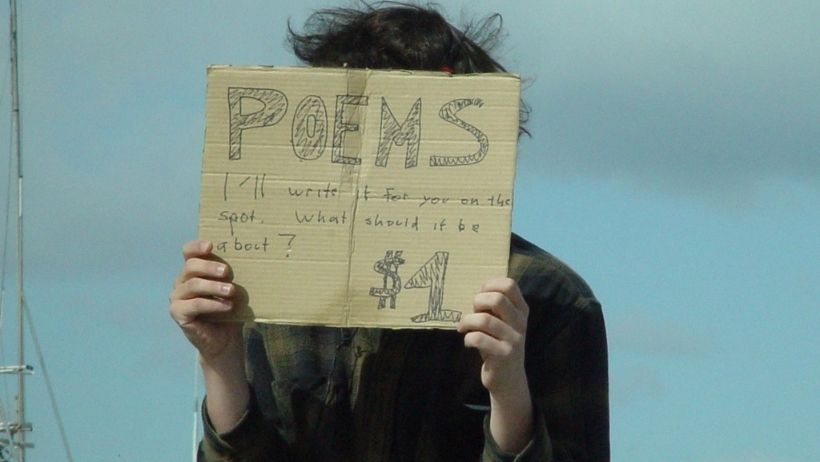
Poetry Vocabulary
When reading or writing poetry knowing the vocabulary of how poems are created is helpful. Just a few vocabulary words to learn are printed below, but there are many more.
- Personification – the attribution of a personal nature or human characteristics to something nonhuman, or the representation of an abstract quality in human form. Example: The sun smiled down on me.
- Iambic Pentameter – a line of verse with five metrical feet, each consisting of one short (or unstressed) syllable followed by one long (or stressed) syllable. Example: It comes not in such wise as she had deemed, Else might she still have clung to her despair.
- Onomatopoeia – the formation of a word from a sound associated with what is named. Examples: toot, zap, clang
- Repetition – when sounds, syllables, words, phrases, lines, or stanzas are repeated throughout a poem. Example: And miles to go before I sleep, and miles to go before I sleep.
- Metaphor – a figure of speech in which a word or phrase is applied to an object or action to which it is not literally applicable. Example: raining cats and dogs
- Hyperbole – exaggerated statements or claims not meant to be taken literally. Example: here’s enough food in the cupboard to feed an entire army!
- Alliteration – the occurrence of the same letter or sound at the beginning of adjacent or closely connected words. Example: Peter Piper picked a peck of pickled peppers
- Simile – a figure of speech involving the comparison of one thing with another thing of a different kind. Example: Life is like a box of chocolates.
- Imagery – visually descriptive or figurative language. Example: the clouds were edged with pink and gold
To Do: Play poetry Bingo. Create Bingo cards using My Free Bingo Cards. You can click on the Bingo card image below to be taken to a printable pdf of 30 randomized cards using the set of words shown. If you are working with younger children, I suggest you create your own cards using vocabulary words you have taught them. You can play one of two ways. Either read the definition and match the term or find examples of each term to read and see if the kids can recognize them.
Fulfills optional requirement #18
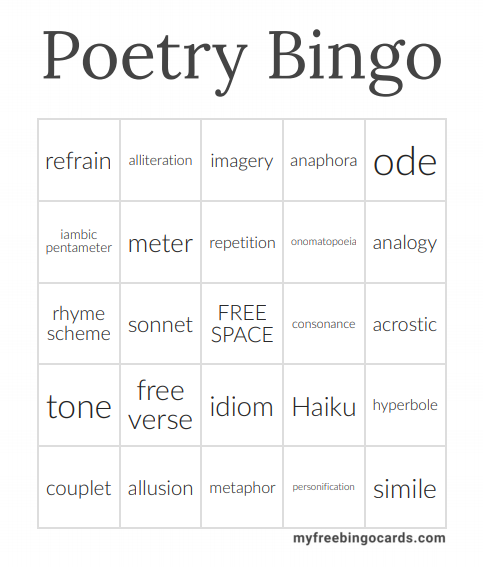
History of Poetry
Poetry has been around for nearly as long as the written word. No one knows exactly when poetry began, but the earliest known poet dates back to 2300 BCE.
The following articles all include a break down of poetry history.
- Celadon Books’ article What is Poetry?
- Books Tell You Why – A Brief History of Poetry
To Do: Write a poem that is actually a timeline of poetry history. If you are working on this as a group, have each person come up with one stanza. For example your first stanza might look something like:
Many years before Americana
There lived a woman named Enheduanna.
The very first poet most would agree
She lived in twenty-three hundred BCE
Use any form of poetry you wish including freeform. Include at least 10 different events in poetry history.
Fulfills Level 3 requirement 2
Concrete Poetry
Not all poetry is written in straight lines. Concrete poetry uses words to create an actual image. Sometimes the words act as an outline to a shape and sometimes as the fill. Type size and weight can also add details to a visual picture style poem.
To Do: Create your own concrete poem. Click on the images below to print out free shape outlines that can be used.
Fulfills either optional requirement 6 or 10.
Rhyming Schemes
When people think of poetry they frequently think of poems that use a rhyming scheme or pattern of some sort. The two most common are AA an ABAB. Lines designated with the same letter rhyme with each other. For an AA scheme the first and second lines would rhyme together. ABAB means the first and third lines of a stanza rhyme with each other and the second line rhymes with the fourth line. So the A’s rhyme together and the “B”s rhyme together. Simple four-line rhymes are also popular which follow a ABCB scheme where only the second and fourth lines rhyme.
To Do: Make three lists of at least 5 words that rhyme. For example you could find 5 words that rhyme with cat, 5 with life, and 5 with dog.
To Do: Learn to use a rhyming dictionary such as the one on Poetry For Kids. This way if you get stuck while writing a rhyming poem you can get some ideas.
Fulfills optional requirement #8

Performance and Poetry
Performing poetry either as a reading or set to music as a song can bring a poem to life. How you use your voice and body language can give your audience a better understanding of the meaning behind the poem. Think about your favorite singers when they perform. How does the music and visual production help bring forth the meaning in the lyrics?
To Do: Choose a short poem and read it aloud several times. First read it very loud. Then very soft. Read it fast and then read it slow. If you need some examples, visit Write-Out-Loud. If you prefer to sing a song, think about the lyrics. Practice singing in a way that brings meaning to the words, getting loud or soft, fast or slow as necessary.
To Do: Gather a group of friends and hold a poetry reading/singing. Have each person read a poem of their choice or sing their favorite song. Concentrate on the performance aspect. How can you use your voice and body language to evoke emotion in your audience?
Fulfills optional requirement 13.
Follow our Facebook page for badge of the week posts and other resources. For planning purposes you can see which badges will be featured on our badge of the week calendar. You can also sort and search articles by topic on our main blog page. If you are not already a member, check out our membership pricing page.

